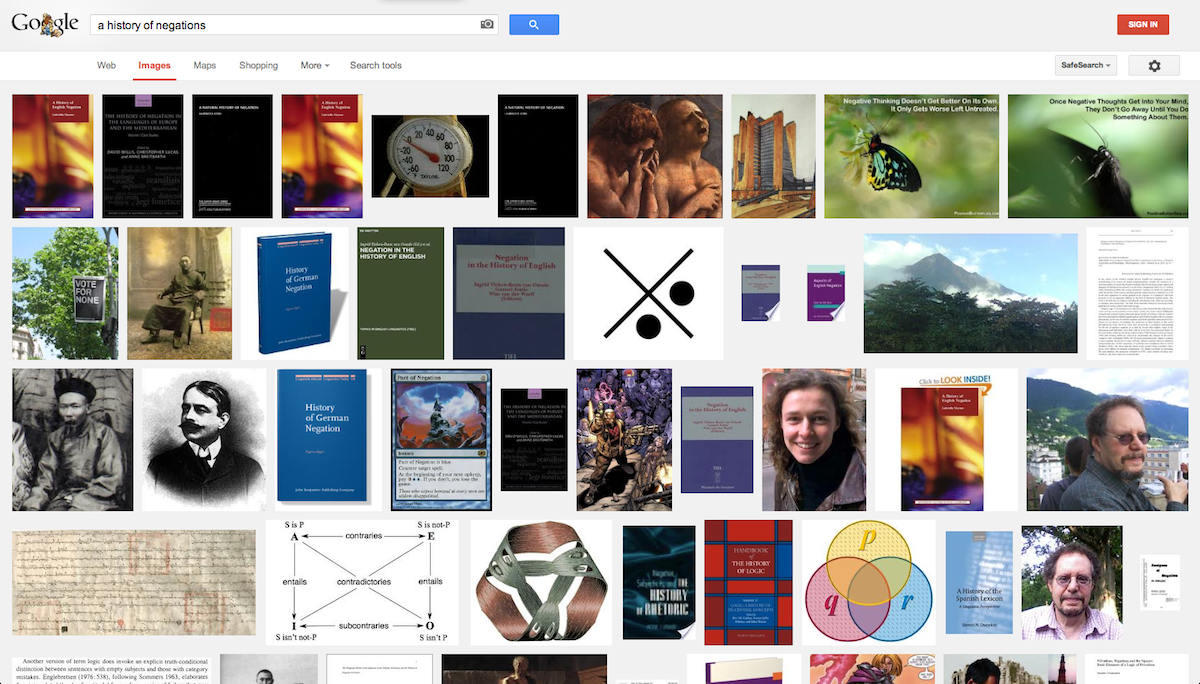Talk
May 31, 2013, 8pm
Suhail Malik, with responses from Diann Bauer
- A history of negations
In which the exit from contemporary art is shown to not be art’s negation.
Artists Space presents the third in a series of talks and discussions led by writer and cultural theorist Suhail Malik, based on his research and writing on the conditions and shortcomings of contemporary art. Continuing over a six-week period, the format provides scope for sustained dialogue and responses to Malik's propositions. Each session will involve the participation of guest artists and writers as respondents.
